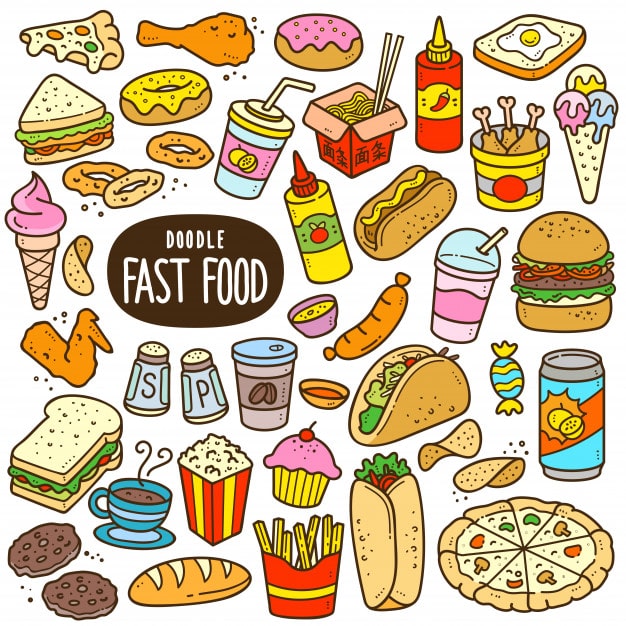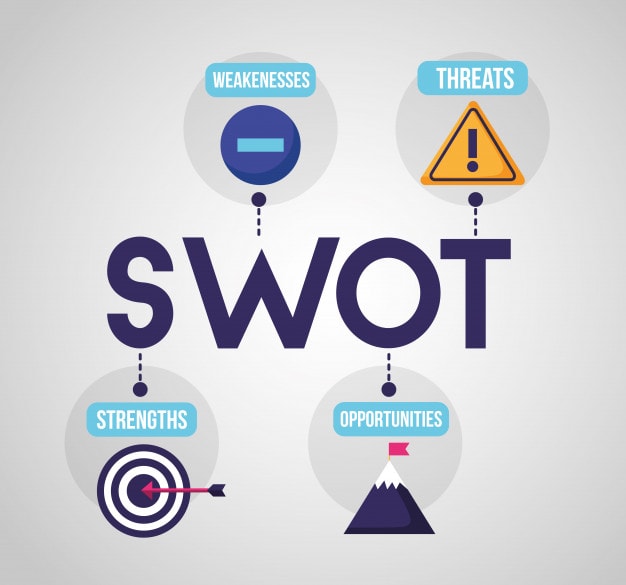Restaurant business model revolves around designing, development, and channelization of an eatery business that prepares and serves food and drinks to the users inside the premises of the restaurant, plus also offers food-delivery and take out services.
As per some historical facts, the term restaurant became prevalent in the 18th century when a French Chef, A. Boulanger, started a business of selling soups and other “restoratives” (restaurants). This one provided the service of offering a menu of available options to the customers.
The very first real restaurant is named “La Grande Taverne de Londres” in Paris, which was started by Antoine Beauvilliers in the year 1782 or 1786. It was the very first restaurant business model with four essentials of a restaurant-
- Elegant room
- Superior Cooking
- Choice cellar
- Smart waiters
While talking about the origin and prevalence of Restaurants, Author Wyatt Constantine in his Article- Un Histoire Culinaire: Careme, The Restaurant, and the Birth of Modern Gastronomy writes-
Key statistics highlight the evolving landscape of the restaurant industry.
According to the National Restaurant Association’s 2023 State of the Restaurant Industry report, U.S. restaurant sales are projected to reach $997 billion in 2023, marking a significant recovery from the pandemic downturn. This growth is driven by increased consumer spending and the industry’s adaptation to changing market conditions.
Furthermore, a report by Statista indicates that 60% of U.S. consumers now order delivery or takeout once a week, emphasizing the importance of integrating delivery services into the restaurant business model. Restaurants that have optimized their delivery and takeout services are seeing an average revenue increase of 20%.
“The restaurant, as it is contemporarily understood, did not exist until the end of the 18th century. Sitting down in a public restaurant specifically for a meal, with a waiter and a fixed menu is a relatively new concept in culinary history.”
Nowadays, restaurants are the parts and parcels of our daily lives. Restaurant business models vary in their services and appearances a lot, as they comprise a wide range of dishes, cuisines, and service structures.
This article will take you deep into the contemporary business model of a restaurant to help you understand the prerequisites you need to pay heed upon while planning to start your own restaurant business. So, without delaying any further, let us get straight into the world of successful restaurants-
Table of Contents
Introduction
The restaurant business has grown manifolds, and this has become a prime area of interest for investors and businesspersons around the world.
Every successful restaurant has a definite business plan. Although such businesses run mainly on the chefs and restaurateurs’ passion and interest, it can be fueled by a proper business plan. The meticulous execution of the business plan can guarantee massive success.
Hence, it is crucial to have the right people involved in making the business model that should comprise all the prime components of a restaurant business. To understand the business model of a restaurant, the first thing that you need to know is different types of restaurants incorporated in a restaurant business model-
Types of Restaurant Business Models
Several types of restaurants exist around the world. People choose the type of restaurants based on their requirements like the pricing of the food, ambiance, service provided, and other arrangements.
Let us have a detailed look upon the different possible types of restaurants across the world-
1. Fast food restaurants
As the name rightly suggests, people go there to get food in less amount of time. Hence, the service here should be prompt and quick. There is no need for an elaborate menu and great ambiance.
The arrangements can be necessary, but the quality of the food served should be excellent. Also, in this type of restaurant, one can offer quick bites and food that is easy for take-away.
2. Family restaurants
These restaurants are suitable for families with children. Such families need cost-effective places for having food. Yet, they require the food to be good, tasty, and safe for their kids.
Hence, the essential points to be considered while planning a business model for such a restaurant is that it should be affordable and provide good food. One can include dishes that appeal to children on the menu for this restaurant.
3. Ethnic restaurant
This type of restaurant is very famous among tourists and visitors coming from other regions. The food and cuisine of every place are primarily influenced by the culture and traditions of that place.
The ethnic restaurants showcase these cultures of food in their menu and location setting. These restaurants run parallel to the tourism industry, so their business model should be based on these factors.
4. Fine dining restaurants
It is the most exquisite type of restaurant. Here, people come to enjoy the ambiance. The food is relatively more expensive, but it is worth it.
Businesspersons venture out in this type of restaurant with the help of a celebrity chef. It helps them garner a lot of media attention and publicity.
Also, the banks and investors give financial aid relying on the chef associated with the restaurant.
Making a Business Plan for a Restaurant Business Model
Some critical components need to be considered while planning a great and workable business plan for a restaurant.
1. Branded cover
It includes the logo for the restaurant. It should be distinct and unique. There can be expert designers and creative people who can be employed for this job.
You can also come up with a catchy tagline that will complement the food offered in this restaurant.
2. Target customers
The type of customers you want to attract for this restaurant should be predetermined. That will help you fix the menu and the setting of the restaurant. The age group, occupation, income group, and the typical taste of the customers should be known.
That will give you a plan that will last as it will cater to the people’s needs.
3. Location of the restaurant
The location of the restaurant is the most crucial factor in achieving success. Even though you provide excellent food at the best price, but your restaurant’s location is inaccessible to many, it will take a toll on the business and the profits.
The restaurant should be located in a place which is reachable by many people. Marketplaces, amusement parks, office areas, and school and college areas draw a maximum crowd.
4. Employees and management team
The employees and the management form the backbone of a good restaurant. The investors will be willing to give funds only if they are promised a good team working on their project.
The chefs and cooks should be well-trained and know the type of cuisine they are serving thoroughly. Also, the management team should be working on the internal management of the restaurant.
5. Marketing of the restaurant
Your venture of the restaurant will be labeled successful only when you get massive profits. It will require the marketing team to work rigorously. Word of mouth will spread only when you reach your target customers in the right manner and promote your restaurant.
Also, you can conduct an inauguration function of the restaurant with great pomp and show.
SWOT Analysis of the Restaurant Business Model
Below a given SWOT analysis will let you know about the strength, weaknesses, opportunities, and threats of the business model of the restaurant. Let us have a look upon those here and now-
1. Strength
It talks about the reasons that can turn your restaurant business into a successful venture. Here, factors that can drive growth for your restaurant business model should be incorporated.
USP of your restaurant, pricing, service, location, etc. are the strengths of a restaurant business model.
2. Weakness
Untrained staff, lack of brand identity, other players’ presence in the restaurant marketing in your preferred location can be the weaknesses of a new restaurant venture.
For making your venture successful, a restaurant business model should consider all these factors and improve them in their favor.
3. Opportunity
Changing market trends, financial stabilities, dynamic lifestyles, tours, and travels, etc. create significant opportunities for a successful restaurant business model.
Thought at the time of Covid-19, restaurant businesses are facing severe downfalls in their ROIs, but restaurants that have incorporated online food-delivery setups and hygiene-driven structures are also being able to make a profit in such times.
4. Threats
Different threats for a restaurant business model include competition from any established restaurant or from any new restaurant that comes up with aggressive branding campaigns or the launch of a new chain any established restaurant franchise.
There can be other threats as well, and a successful restaurant business model should be prepared for that.
Elements of Operational Plan of a Restaurant Changes in the Post-Covid19 Business Model for a Restaurant
For channelizing operations of a restaurant, different vital elements are-
1. Staff Management (Kitchen Staff, Service Staff, Management Staff)
Key procedures of staff management include-
- Spotting the right employees
- Training the staff
2. Customer Services
- Table d’ hotel (TDH)
- A la carte
- Silver Service or Platter to plate
How does a Restaurant Make Money- Revenue Generation of the Business Model of a Restaurant
The restaurant business model generates its revenues by selling more than they spend. For the revenue projection, restaurants gauge the number of footfalls they can get, and then they analyze how much per person they will make ROI.
This enables restaurants to decide the revenue per person, which they later multiply with the expected footfalls to find out daily or monthly or quarterly ROIs.
Now, for selling more than the spending, it is essential to know the different costs of a restaurant business model, so let us have a look upon that as well-
Fixed Costs of a Restaurant
- Rent/property costs
- Insurance
- Salaries
Variable Costs of a Restaurant
- Hourly salaries
- Food
- Utilities
- Advertising
Now, for making money, restaurants need to decide prices of its item in a manner that their total covers all the costs, plus also makes an excess of money as well. As per the general trend, 86% of food sales at a restaurant come from only 16% of the menu items, and successful restaurant business models never like to go wrong with those items.
Plus, it is mandatory to ensure that everything on the menu is profitable to make your restaurant business model profit-driven.
Changes in the Post-Covid19 Business Model for a Restaurant
The Covid19 pandemic has taken the world by a storm. There will be drastic changes in our lifestyles, mannerisms, and habits post this pandemic. It will have a significant impact on the restaurant business as well.
Here are a few of the changes that are expected by business experts.
1. Added emphasis on safety and hygiene standards
The hygiene of food will be very crucial. The cooks and chefs will have to maintain cleanliness and prove this to the higher authorities. The sanitization of the kitchen and cutlery will be mandatory.
It will require more funds, and the business model will have to be evaluated.
2. Off-premise migration
The workers and the customers will have inhibitions and fears regarding coming out and having food at restaurants. Even if you promise the best of services, they will have their doubts.
It will not be very profitable or beneficial for the restaurateurs. Here, they will have to be ready with the correct marketing strategies for maximum publicity.
They will also need to be prepared to take setbacks and absorb the shocks that they will have to suffer.
Final Thoughts!
The business model for a restaurant has to be precise and designed carefully. It will ensure name, fame, and financial profits to the owner of the restaurant.
For running a successful business model of a restaurant, you should manage your food spend and food cost every week, plus you should be well aware of your menu profitability with monthly recipe plate costing exercises.
On the concluding note, we hope this article would pave your path of moving ahead with a profit-driven restaurant business model.
What are your favorite restaurants in your city? Feel free to share the USPs of your favorite restaurant with us in the comments below.
Liked this post? Check out the complete series on Business Models


